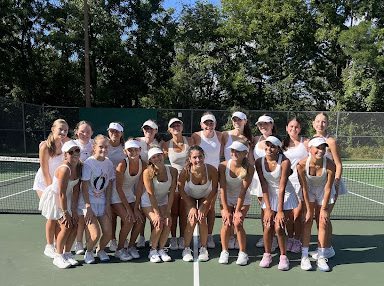Opinion: Forgiveness efforts will not resolve the student debt crisis
Recently, student debt forgiveness has become one of the most controversial issues in the U.S. Although certain members of Congress call for $50K of student debt per person to be forgiven through executive action, President Biden has not supported this idea, instead offering a plan with $10K forgiven per person.
These debts plague almost 45 million Americans and amount to a staggering total of $1.5 trillion, according to Student Loan Hero. An executive action for debt forgiveness may sound great when taken at face value, but it ultimately will not solve the long-term issue of student debt in the U.S.
One issue is the student loans themselves, which generate the exorbitant debt with which so many are burdened. These loans are less regulated and have fewer options than mortgages, another very common type of loan used for home ownership. In addition, their rates for interest, the money an individual pays the lender in addition to the money borrowed, are very high. The average interest rate of a student loan is 5.8 percent, while that of a mortgage is about 3.23 percent.
At least with private lenders, some of this is attributed to student loan applicants not having good credit. However, we cannot expect students to build up a good credit history in the few months between turning 18 and applying for a loan. A co-signer, an individual with better credit willing to take some responsibility for the loan, can help alleviate that issue. However, students from low-income families may not be able to access that benefit.
Student loan rates are often determined by the Federal Reserve System. They offer federal student loans which have interest rates determined by Congress. These loans are not affected by credit score, but they are limited in their size. Should a federal loan not cover the full tuition, students are forced to turn to private lenders to bridge the gap.
That does not even begin to cover the core issue of college pricing. Sometimes, tuition “sticker-prices” are a sort of marketing technique to establish a reputation. However, many institutions face budgetary constraints. As school funding from the government decreases, colleges shift costs to tuition fees instead of reducing their own spending. This practice is even more prevalent during the pandemic as brick and mortar colleges, institutions which remain in-person and not virtual in regular conditions, face declining enrollment. Ultimately, as said by experts speaking to Insider, “student debt is on the rise because college education is an industry in the United States.”
The system for higher education, from a financial perspective, is ridden with struggles for students. Almost all of these are neglected by the simple plan of debt forgiveness proposed. Erasing debt may chop down the aforementioned total $1.5 trillion debt, but that figure will just swell back up in a few years as more high school students, including those from Glenbard West, enter college and take on crippling debt.
Lack of awareness of options and alternatives is a major issue in the U.S. One example of this is that only about 43 percent of undergraduates are aware of income-based repayment, a program which caps federal student loan payments to a certain portion of income and introduces forgiveness after a certain amount of time. This safety net is in place to allow people to move forward from their debt, yet so few even know of it.
Another option which students often overlook is looking more locally for college. According to Mr. Neberz, Glenbard West counselor, “Choosing an in-state school over a pricier out-of-state school or starting at a community college versus spending money on four (or sometimes more) years at a university is a viable way of reducing the cost while being smart about your educational budget.”
Though West seems to provide considerable emphasis on that education, many high schools often “gloss over” education on the topic. First-generation students, or students whose parents did not attend a college, often find themselves blindsided by the process, putting them at a significant disadvantage.
There has been a plan proposed by President Biden which would make public college free of cost. Though it is a heavy price for the government initially, it is estimated that tax revenue generated by educated individuals will cover that cost in a decade. As previously mentioned, private colleges function like businesses; this competition from public colleges would therefore likely reduce tuition fees across the board.
Though there are a variety of ways to work to solve the student debt crisis, brushing the myriad of systemic issues under the rug with forgiveness is simply not one of them. The problems will just be pushed onto the next generation of students, our generation. Despite our options being limited at this point in time, we must remember to help solve this matter, at least for those following us, so they do not face the burden we will likely bear.

Ethan Parab is a senior at Glenbard West and a Tech Specialist of The Glen Bard. In addition to newspaper, he enjoys playing tennis, reading, and computer...






